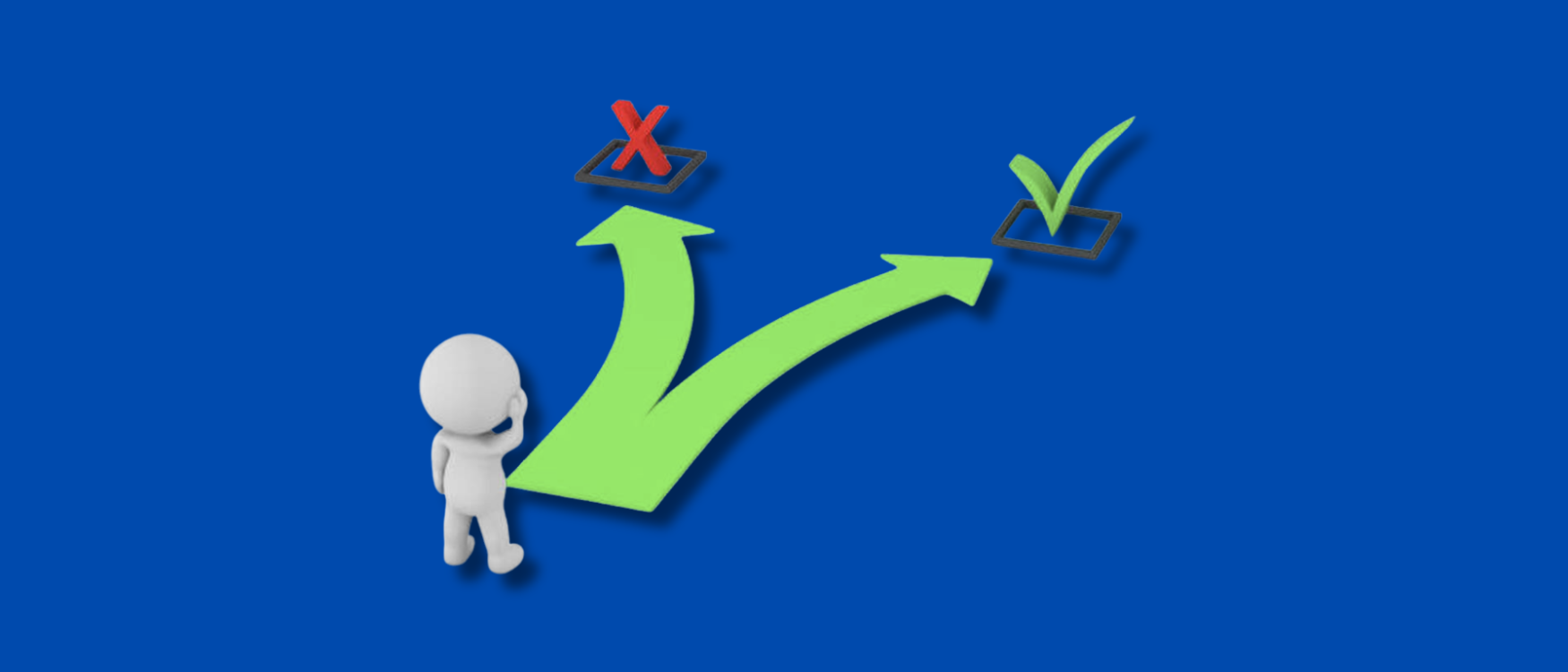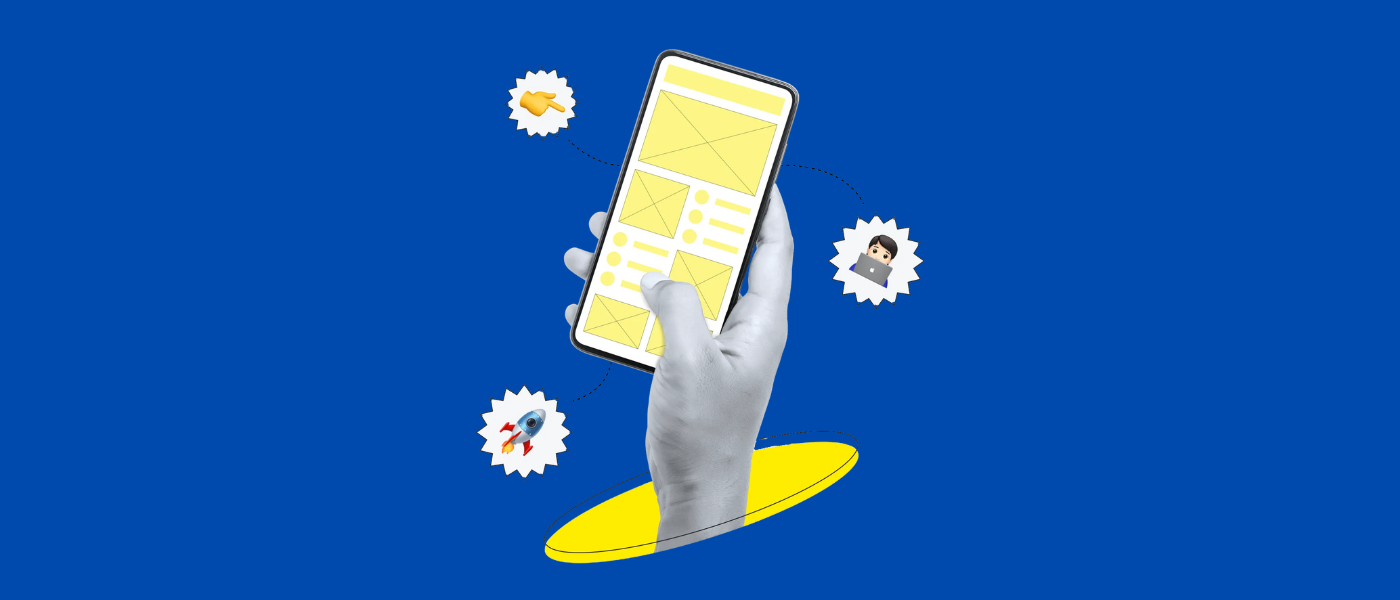Introduction
The COVID-19 pandemic has made telemedicine one of the soaring fields of the digital health ecosystem: connecting patients with professional medical advisors has never been easier, and the demand for virtual healthcare solutions has skyrocketed.
More now than at any other time in the past, more than 50% of all US medical advisors, doctors, and hospitals have integrated telemedicine programs into their operations, and statistics about the last market trends reveal a rapid industry uptick.
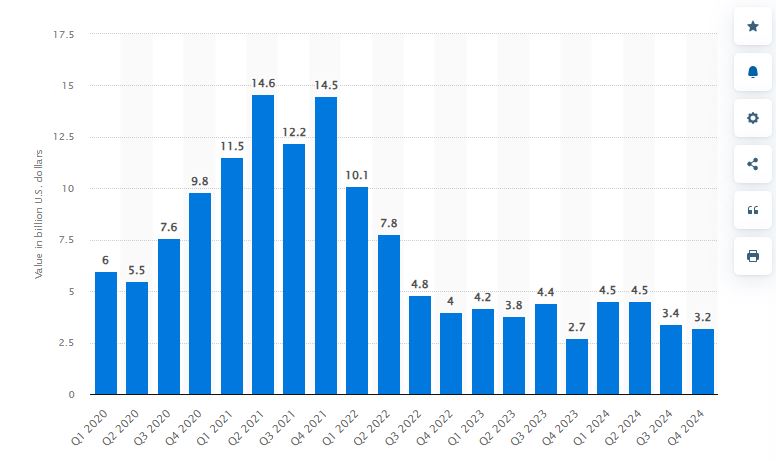
Notably, equity funding in the digital health industry hit a breathtaking 3.2 billion in the fourth quarter alone, as the total global funding reached 14.6 billion in 2021. This influx of investments corroborates telemedicine’s brilliance and the ensuing need for innovative healthcare solutions.
Apps like Teladoc have been vital to that transformation, allowing the patients straightforward contact with the healthcare provider from within their home. Such trends could surely offer an opportunity for entrepreneurs and companies looking to capitalize on that, and one of the most vexing questions here is: How Much Does It Cost to Make a Telemedicine App Like Teladoc?
There is no straightforward answer because the cost depends on a mixture of factors, such as the feature that creates the app, complexity, the development team, and the technology stack.
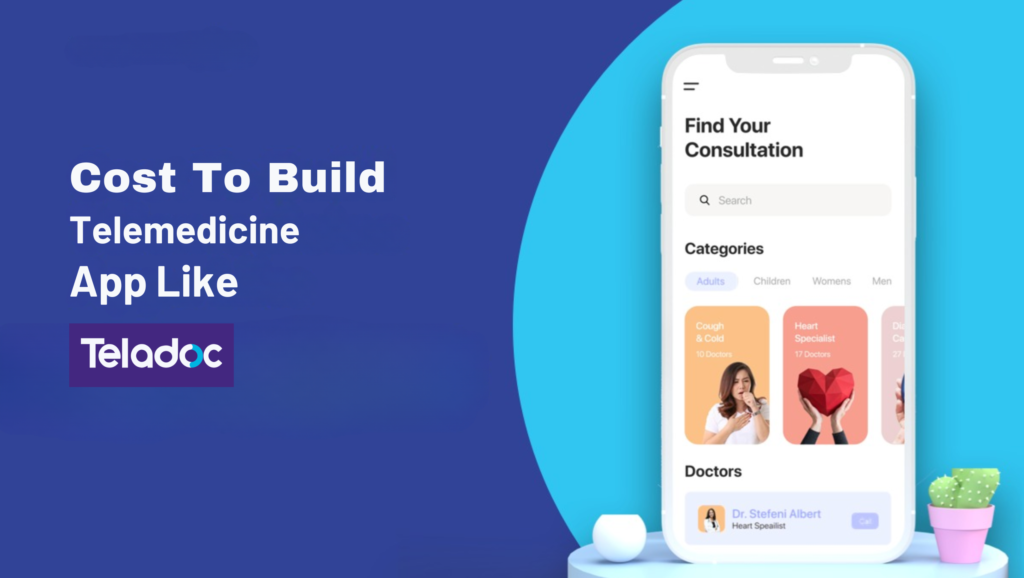
Whether you are building an app like Teladoc for patients or providers, you must understand how each piece of the cost stacks up for your planning purposes.
This blog will explore the key factors impacting telemedicine app development pricing, examine the essential features of apps like Teladoc, and explain how you might approach building a competitive yet user-friendly telemedicine app. Shall we?
Overall Cost Estimate of Telemedicine App Development
Developing an app like Teladoc may cost you high, based on various factors which can be how complicated your app is, features to be installed, design, choice of platform, or place of the build team working on it.
On the cheaper end, the average price for a customized telemedicine app is in the market ranging from $40,000 to $300,000.
The cost is determined by existing functionalities in the app:
- Complexity of the app
- UI and UX designs
- Prototyping
- Platform of the app (i.e., iOS, Android, or both)
- Location
- Hourly rate of developers.
So the more complicated and feature-oriented your app is, the higher is your cost likely to be. To give you a better understanding of costs, we’ll break them down by simplicity and tell you approximately how much each may cost, along with an approximate time frame:
| Application Complexity | Approximate Cost | Time Required |
| Basic Telemedicine App | $40,000 – $60,000 | 2 – 3 months |
| Average Telemedicine App | $60,000 – $90,000 | 3 – 6 months |
| Advanced Telemedicine App | $90,000 – $300,000 | 9+ months |
How to Calculate Total Cost?
The total telemedicine app development cost is calculated using the following formula:
Total Telemedicine App Development Cost = Total Number of Hours Taken to Complete App Development Processes X Hourly Rate of Developers.
For example, if your app development takes 1,000 hours and the developer’s hourly rate is 50, the total cost would be 50,000. Keep in mind that the hourly rate of developers can vary based on their location and expertise.
Choosing the right telemedicine app development company can help you optimize costs while ensuring high-quality development.
Understanding these different cost features allows you to plan out your budget and choose how complex or feature-biased your telemedicine app would be. The next step will cover some of the key features that influence the cost of developing an app like Teladoc.
How Location Affects Telemedicine App Development Costs
The location of the chosen healthcare application development company has a massive role in determining the total cost for the development of telemedicine apps. Escort rates differ across various countries; some are cheaper than others.
Hence, if an organization decides to outsource its project to a telemedicine app development company in Asia, the hourly wage of a developer will be way cheaper than if the organization were seeking to hire a team based in the U.S. or Europe. And here, in the general rundown, are the developer hourly rates according to regions:
| Region | Average Hourly Rate ($/hour) |
| North America (USA, Canada) | $100 – $200 |
| Western Europe (UK, Germany, France) | $80 – $150 |
| Eastern Europe (Poland, Ukraine, Romania) | $40 – $80 |
| Asia (India, Philippines, Vietnam) | $20 – $50 |
Going for outsourcing might keep the expenditure under control, but while searching for a telemedicine app development company, keep in mind the experience of the developers, technical knowledge, and communication effectiveness.
Please Note: The figures mentioned above are indicators; actual billing rates will depend on the skills and experience of the developer, in addition to the complexities of the project.
Now that you have a good idea about the costs of telemedicine app development, let us check out the different cost-determining aspects involved in building an app like Teladoc.
Breaking Down the Cost of Developing a Telemedicine App Like Teladoc
Let’s break down the key cost factors for developing a telemedicine app like Teladoc from development, marketing, and operations.
- Development Costs
The development cost of the telemedicine app will lie in the range of $15,000-$150,000 depending on its complexity. Several other factors affect this price tag:
- Number of Team Members: A greater number of developers, designers, and project managers will see an increase in cost.
- Features and Integrations: A fully capable telemedicine app with appointment booking, text chat, and basic profile setup will be less costly whilst an advanced app with automated appointment setups, real-time video consultation, AI-powered diagnostics, and enhanced security will cost more.
- Targeted Platforms: The cost of developing an Android app will be less than that of an iOS app; if you intend to launch on both or add on the web version, expect a fee to rise.
- UI/UX Designs: A basic design will cost you less but if you expect modern and elegant user interface navigation, it may increase the overall rate.
- Time Required
The development of a mid-level telemedicine app will require a working frame of 4-8 months for a functional and user-ready application; for complex apps with advanced features and layers of security, it will take 9+ months.
Any increase in duration will directly add up to the cost. Collaborating with a known telemedicine app development company can help minimize the time.
- Promotion Cost
When launching an app, it’s not just development; marketing and promotion do matter when it comes to shine. Some estimations for telemedicine app marketing costs are as follows:
- Market Research & Analysis:
Competitors research and audience surveys enable drawing a better strategy.
Cost: $5,000 – $15,000
- Beta Testing:
Testing an app with a limited audience can help assure product quality and satisfaction of users before it goes live.
Cost: Up to $5,000
- App Store Optimization (ASO):
Helps to improve the ranking and visibility of apps on app stores.
Cost: $25 – $1,500 per month
- Marketing Team Fees:
Hiring professionals to handle your app’s outreach and growth strategies.
Cost: Up to $25,000
- PR Outreach:
Blogs and Other Possible Platforms for the Public Awareness Campaign
Cost: $100 – $300 per hour
- Influencer Marketing:
Working with preferred healthcare-relevant influencers to drive downloads and increase credibility.
Cost: $10,000 – $18,000 (varying considered influencer having reach)
- Maintenance Cost
When your app goes live, you need continued maintenance to fix bugs, push some updates, and keep it running smoothly.
With telemedicine apps like Teladoc, updates may have to be done frequently to:
- Reschedule doctors and physician visit charges
- Add some features or adjust the user experience
- Make certain the app adheres to changing healthcare regulations
Taking this into account, it usually takes about 15 – 20% of your app’s development cost for annual upkeep.
For instance:
- If you spent $100,000 developing your app, you could expect to incur maintenance costs between approximately $15,000 – $20,000 a year.
But at the end of the day, these are good estimates; the real cost of building a telemedicine app will depend on the scale, the kind of features, and also the audience that will be targeted.
Factors That Are Affecting Overall Telemedicine App Development Cost
In light of the rough estimate of how much it costs to develop a telemedicine app like Teladoc, let us plunge into the basic factors that influence the pricing. Costing an app lies on several critical components such as platforms, features, security, and geography of the developers.
Awareness of these factors creates a space for effective budget planning, thereby assuring you against extra expenses.
- Platforms
The development cost between Android versus iOS is different on where you will develop your telemedicine app.
- Android – The development cost is much lower but might require much more testing due to device fragmentation.
- iOS – The cost of developing and launching an app is higher on iOS because of the strict guidelines of the Apple App Store.
- Cross-Platform – If you’re planning to launch on Android, iOS, and the Web, the price will be significantly higher than any other platform because of extra development efforts.
There will also be some extra costs if you want to set up a PWA next to mobile versions. A native approach (individual iOS and Android) is the most expensive but offers superior performance, while hybrid development (React Native, Flutter) gets you more at the expense of some potentialities.
- Features & Functionalities
The more features you add, the higher the cost will present itself. Essential features that are usually integrated into telemedicine apps include:
- Basic features – Appointments scheduling, chatting between patients and doctors, profile setup (Lower cost).
- Advanced features – Video calls, AI-based symptom checking, remote patient monitoring, e-prescriptions (Higher Cost).
More functionalities would mean you’d add a bit of extra buck by providing multi-language support, tracking patient history, a doctor rating/review system, and wearables integration.
Thus, you should list the features by reverse-order needs of your target audience so you can seek balanced cost-efficiency in terms of functionalities.
- UI/UX Design
User interface refers to how an app interacts with its users while UX relates to the totality of the experience users of the app have. These features go quite a way toward ensuring that the app is desired by the market.
- You spend less on a basic, clean design.
- An advanced UI/UX format with dynamic transitions, floating menus, and animations must be catered for with a higher budget.
A good UI/UX would reward higher engagement and simplicity in navigation, all contributing to increased user retention.
In terms of the involvement of patient satisfaction, a little more could be spent on smoothness and interactivity in design, while on other axes, additional costs might be incurred from branding elements such as logos, themes, and animations.
- Third-party Integrations
The telemedicine mobile app often requires several integrations using third-party APIs:
- Payment processing (Stripe, PayPal, etc.)
- EHR integration (Electronic Health Records)
- Cloud storage and data sharing
Additional ones drive the development budget. The cost escalates even more if you require multiple payment gateways, chatbot integrations, or AI-driven diagnostics. It is essential to have well-integrated and scalable APIs to avoid difficulties down the road.
- Security & Compliance
As telemedicine applications usually handle confidential patient data, they must comply with strict usability standards, such as:
- HIPAA (USA) – Health Insurance Portability and Accountability Act
- GDPR (Europe) – General Data Protection Regulation
- PIPEDA (Canada) – Personal Information Protection Act.
More security features such as data encryption, multi-factor authentication, and end-to-end encryption bring up the costs. Noncompliance could attract serious penalties without the trust of users.
Strong security protocols like biometric authentication and blockchain data encryption are strongly recommended for long-term preferences.
- Advanced Technology Stack
Cost determinants of technology include:
- AI & Machine Learning – Conversation via AI-based coaching, automated diagnosis, and predictive analysis tacks on costs.
- IoT & Wearables – Keeping up with smart health devices, including gift trackers, adds another complexity and expense.
Cutting-edge technologies like AR-based remote consultation or big data analytics for health predictions might give your business a competitive edge but are bound to increase costs. The right choices in advanced technologies must align with market choices and professional objectives.
- The Development Team’s Location and Expertise
The region from which telemedicine app development companies are hired will affect the cost:
- North America (USA, Canada) – $100 – $200/hour
- Western Europe (UK, Germany, France) – $80 – $150/hour
- Eastern Europe (Ukraine, Poland) – $40 – $80/hour
- Asia (India, Vietnam, Philippines) – $20 – $50/hour
Here is the short version: The more the experience of your team, the higher the rate charged hourly but the better will be the quality of the app. So, to save some costs, go ahead and outsource to a telemedicine app development company in Eastern Europe or Asia that can be an affordable option without any quality compromise.
But make sure to check their portfolio and expertise before you finalize.
- Testing & Quality Assurance
Before the launch of your telemedicine mobile app, you must go through rigorous testing, to ensure:
- Functionality across devices (Android, iOS, tablets, desktops)
- Security compliance (data protection, privacy laws)
- An unfailing user experience
Testing takes most of this money, but each day where it is skipped can cost you ten days in error correction.
Usability testing, security testing, and load testing remain important so that the app can support a wide range of user bases. Inputting automated testing tools can streamline the action and reduce the long-term cost associated with fixing bugs and dealing with performance issues.
- Post-Launch Maintenance & Support
The true cost of telemedicine app development begins after launch. Ongoing maintenance and updates ensure that the application operates properly and stays protected and competitive.
Maintenance costs will usually be 15 to 20% of the total application development costs annually.
These include:
- Bug fixes and system optimization
- Updates responding to the changes in iOS & Android OS
- Security patch and data compliance updates
- Launch of new features
Regular maintenance will be the scaling of the application infrastructure to further accommodate more users, new integrations onto the app, and refresh of healthcare protocols as per industry standards.
Neglecting maintenance can lead to software vulnerabilities, application crashes, and low user retention over time.
How to Build An App Like Teladoc?
Making an app like Teladoc is not so easy, but it isn’t impossible either. Comprehensive development, thorough analysis, and industry-wise experience should lead the way to an application that is so secure, scalable, well-featured, and simple.
Of course, a comprehensive configuration of technologies with critical security measures, from the initial stages to the very last, remains a key step in the telemedicine app development process.
Beforehand, you must define your target audience, business model, and the important features you would build into your app. If you want to look into the future, of AI diagnostics and AR trends in healthcare, our blog highlights some of the innovations in emergent telehealth technologies that can give your app a cutting edge.
Technology Stack for a Telemedicine App
Selecting a technology stack remains the most apparent bargaining factor while considering the application performance, scalability, and security of a telemedicine app. Other factors will include budget, expertise, and the needs of the business.
This will ensure a fast and smooth development process. Besides, the greater part of the development cost will depend upon your choice of technology.
- Front-End Development (User Interface)
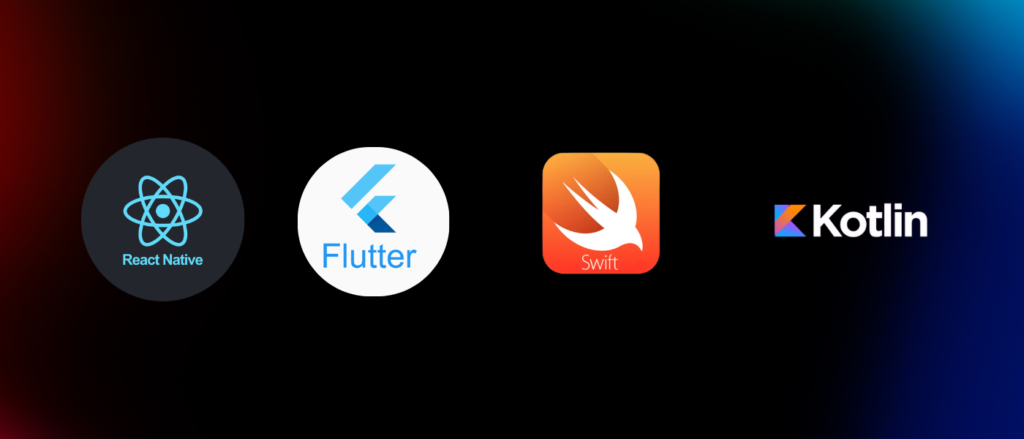
The front end is a UI with which the user interacts, and thus it ought to be responsive, intuitive, and beautiful. Some commonly known front-end technologies include:
- React Native – Great for cross-platform development (iOS & Android).
- Flutter – Beautiful UI; fast development cycle.
- Swift (iOS) – Perfect for native iOS apps having a high performance.
- Kotlin (Android) – The preferred technology for native Android app development.
- Back-End Development (Server-Side)
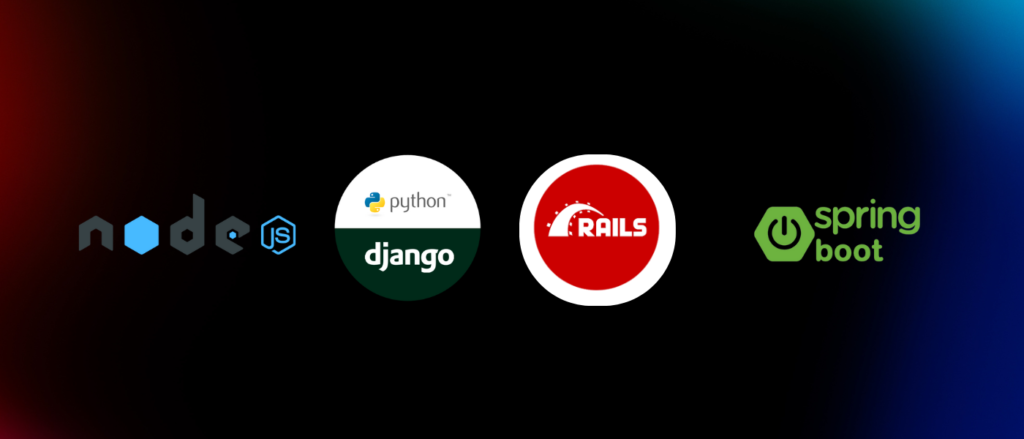
The back end deals with data, authentication for user log-ins, and the business logic of your telemedicine application. For this, you need to have a robust and scalable architecture for your back end:
- Node.js – Scalable, real-time, and widely used for healthcare apps.
- Django (Python) – Secure and ideal for data-heavy applications.
- Ruby on Rails – Good for rapid application development.
- Spring Boot (Java) – Trustworthy for enterprise-level applications.
- Database Management
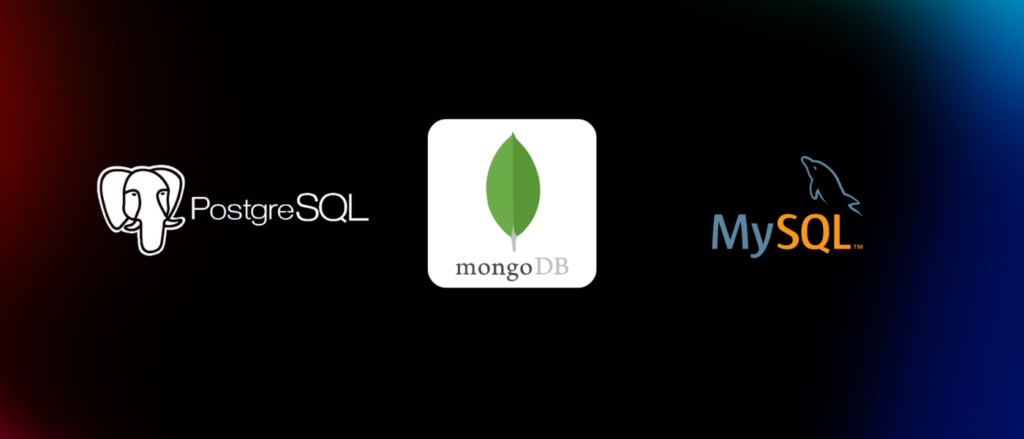
A secure and efficient database is necessary to keep all patients’ records, alerts, and consults. Some popular databases used in telemedicine apps include:
- PostgreSQL – Open-source, scalable, and highly secure.
- MongoDB – Best for handling unstructured data and high traffic.
- MySQL – Reliable and used widely for structured data.
- Cloud Storage and Hosting
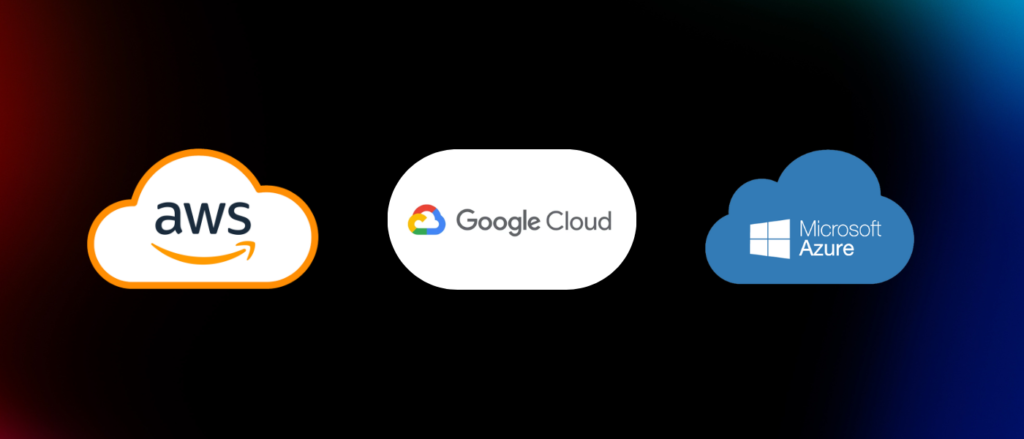
Scalability, security, and cost-effectiveness are the great advantages of cloud infrastructures. Here are some common choices:
- Amazon Web Services (AWS) – The most widely used cloud solution.
- The Google Cloud – Secured, promising AI-powered analytics.
- Microsoft Azure – Great for enterprise-level applications.
- Video and Chat Integration
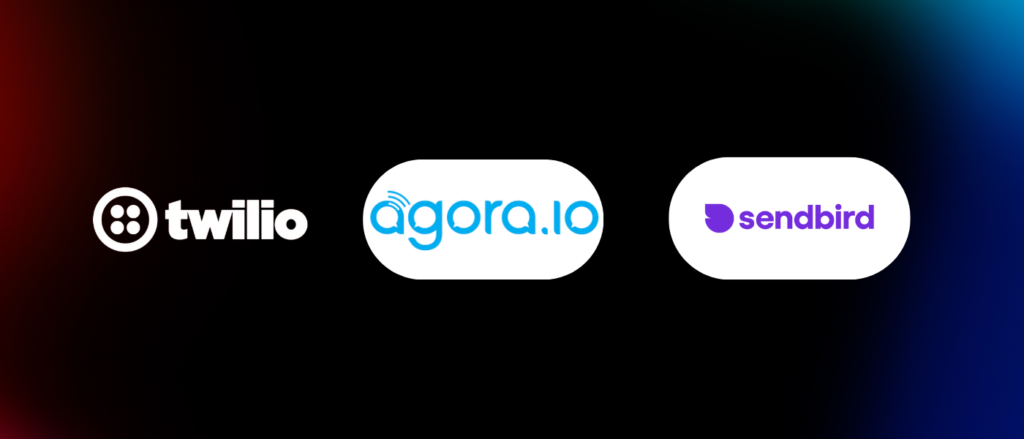
This integration is extremely necessary since telemedicine apps provide real-time consultations. High-quality video conferencing and chat services can be integrated. These included:
- Twilio API – Known for safe video conferencing and one of the most widely used.
- Agora.io – HD real-time communication.
- SendBird API – This is ideal for integrating text chat.
Read Also: Top 15 Free APIs for Mobile Apps for Enhanced Functionality
- Payment Gateway Integration
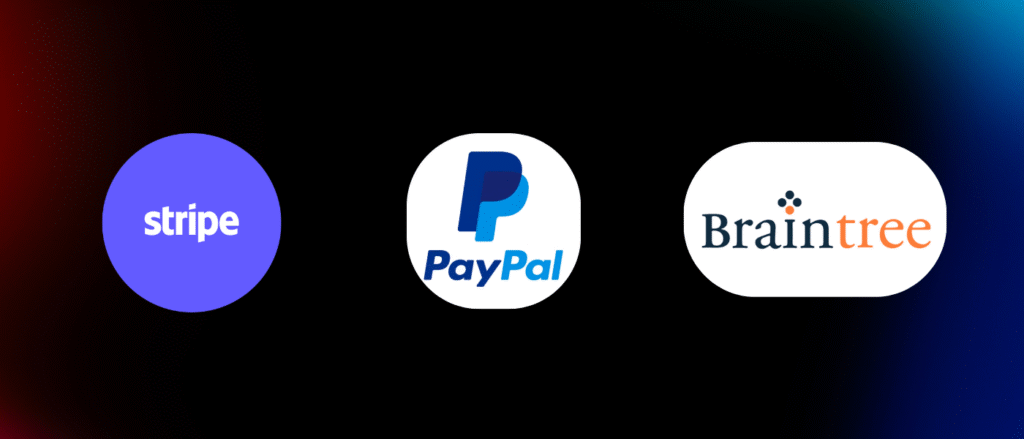
This app must incorporate a powerful payment system, enabling safe, online payment options:
- Stripe – The leading, trusted choice for secure transactions.
- PayPal – Excellent global support and easy integration.
- Braintree – Advanced transaction fraud protection, especially for healthcare.
- AI & Machine Learning (Optional but Recommended)
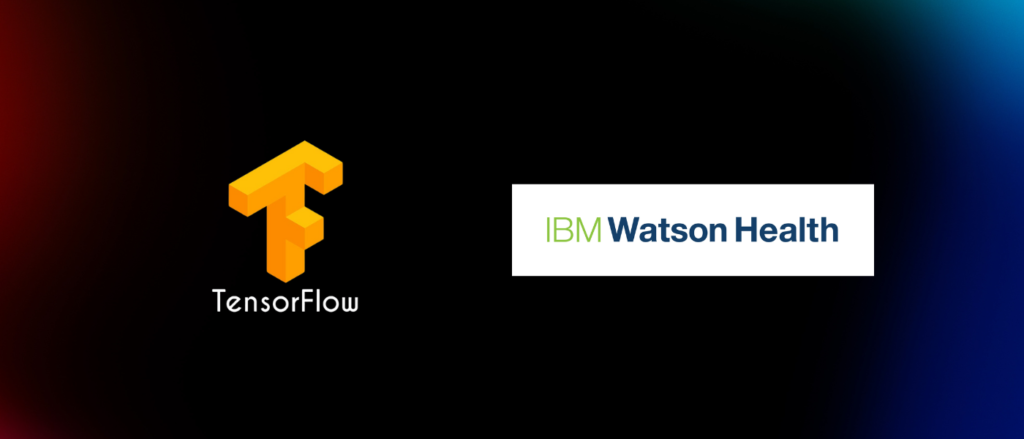
AI-based features like automated diagnosis, analyses of symptoms, and chatbots enhance these applications. Some common frameworks for such applications include:
- TensorFlow – Suitable for AI-driven health analytics.
- IBM Watson Health – Used for advanced healthcare predictions.
- Compliance & Security Standards

As telemedicine apps will be dealing with sensitive health data, they will have to comply with healthcare regulations:
- HIPAA (USA) – Protects patient health information.
- GDPR (Europe) – Provides for privacy and security of data.
- PIPEDA (Canada) – Provides the rules about how patient data can be protected.
Applying E2E encryption, two-factor verification, and anonymizing data is vital for security.
Steps to Build a Telemedicine App Like Teladoc
Since we are done with the technology stack, let’s now proceed stepwise with building a telemedicine app like Teladoc. All the different stages within this process are significant to get such an application to be built without any hassles.
- Define Your Goals
Start by studying the market to comprehend audience needs, competitor offerings, and industry trends. Identify your target audience based on demographics and geolocation; define core services your app will provide; for example, general healthcare, dermatology, pediatrics, or mental health.
- Follow Healthcare Guidelines
Since adherence to healthcare laws is inevitable in developing a telemedicine app, focus on complying with these laws stipulated in the notification. If the target market is U.S.-based, ensure that all HIPAA regulations are strictly followed regarding patient data safety. You would best consult professionals with legal status on this complex subject regarding healthcare laws.
- Create a Skilled Development Team
A highly skilled team should consist of mobile app developers, UI/UX designers, project managers, and content writers. If there are no in-house staff substitutes, displacing work to a trustworthy telemedicine application development company could be a cost-effective option.
- Create a Simple & Engaging User Interface
The design of the app is the crucial factor for user uptake. A clean and user-friendly UI/UX enables both patients and medical personnel to concentrate on app content instead of navigation. Smooth scheduling, secure communications between doctors and patients, and medical record access improve users’ interaction with the app.
- Implement Robust Security Measures
Security is paramount in the telemedicine app. Patient data can be protected with end-to-end encryption, multi-factor authentication, and secure data storage on the cloud. It should be AES-encrypted for chats and video calls to comply with privacy and prevent unauthorized access to data.
- Integrating Key Technologies and Features
With the UI/UX finalization, it’s high time to start integrating peripheral functionalities of the app. The must-have features of a telemedicine app are:
- Secure video and audio consultations
- In-app chat and messaging
- E-prescriptions and online pharmacy integration
- Real-time appointment scheduling
- Payment processing and insurance integration
- AI-based symptom checker
- Compatibility with wearable devices for remote patient monitoring
- Testing, Analyzing & Optimization
Before deployment, extensive testing must be performed to check for possible issues. The testing includes performance, security, and usability for different operating systems and devices. Compliance testing ensures that it meets any legal standards.
After testing, the app should be launched on iOS, Android, and web platforms.
After the launch, the performance should be monitored continually, methods for improving usability gauged through app analytics, and updates rolled out with improved features, user interface elements, or updated data on availability, pricing, and hospital affiliations of the various doctors.
By following these steps, you will be able to successfully launch a robust and secure telemedicine app like Teladoc, catering to the majority of the growing demand for digital healthcare solutions.
Top Apps Like Teladoc: Best Telemedicine Alternatives
Being one of the major names in telemedicine, Teladoc is not the only one out there that provides healthcare online; instead, there are other similar services, uniquely characterized. Here are some of the best apps like Teladoc providing solutions in telemedicine:
- Teladoc Health
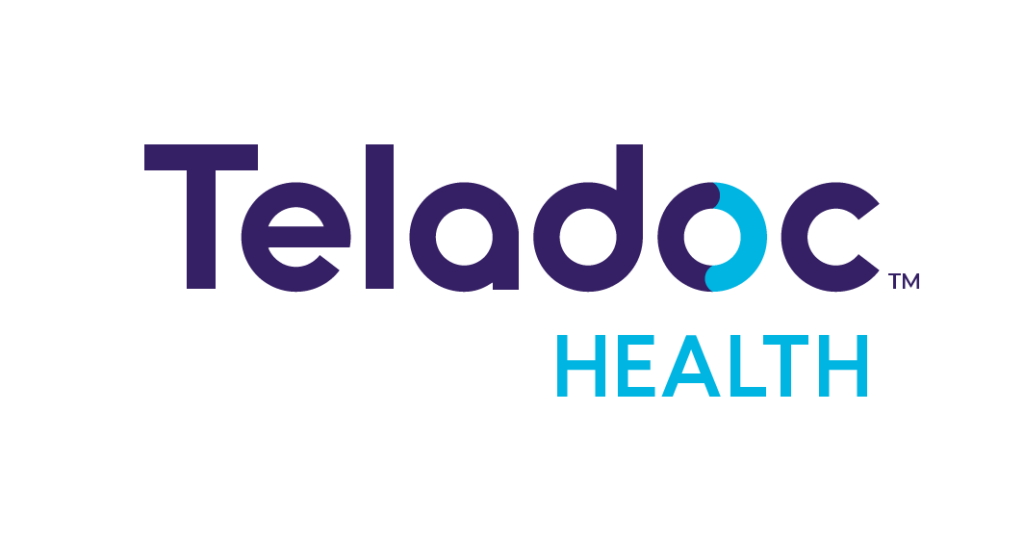
Teladoc Health is one of the largest telemedicine applications providing on-demand access to licensed doctors and specialists in mental health and dermatology. For video calls, phone consultations, and an AI-based symptom assessment, you can get in touch with all of them. You can also connect with insurance companies at a small fee for the user; the application will cover this for you.
Key Features
- Virtual doctor visits 24/7
- Mental health therapy and psychiatry
- Prescription and medication management
- Dermatology consultation
- AI-based symptom check
- K Health
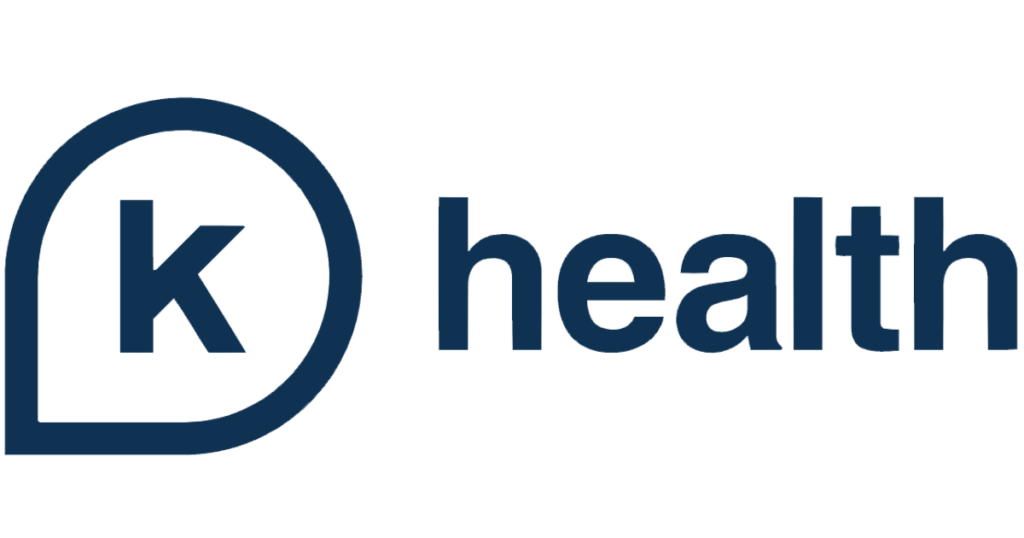
K Health is an AI-based telemedicine platform that sheds light on the intersection of symptoms with consultation by doctors. Symptom analysis using an AI chatbot is compared to actual patient cases to suggest possible conditions. There are affordable primary care plans provided, and now users can be able to message doctors.
Key Features
- AI symptom checker
- 24/7 Access to doctors
- Affordable primary plans
- Prescription delivery
- Chronic disease management
- BetterHelp

BetterHelp does not apply the conventional telemedicine model, but rather the unique approach of delivering mental health and therapy services. The program uses chats, voice, or video calls between therapists and users as they go through stress, anxiety, depression, and relationship issues. Subscription pricing is made affordable based on the therapist’s experience.
Key Features
- Unlimited messaging with workstations
- Online live video therapy
- Phone and chat therapy
- Specializations Available
- Affordable subscription plans
- Licensed professionals in multiple specialties
- MDLIVE

MDLIVE permits virtual consultations in general health areas such as dermatology and mental health therapy. The app allows quick appointments with physicians to write prescriptions that are sent directly to pharmacies. Another strong point of MDLIVE is its affordable rates and integration with insurance.
Key Features
- 24-hour doctors and therapists
- Prescriptions and medicine refills
- Dermatology
- Behavioral Health
- Most insurance plans accepted
5. Doctor on Demand
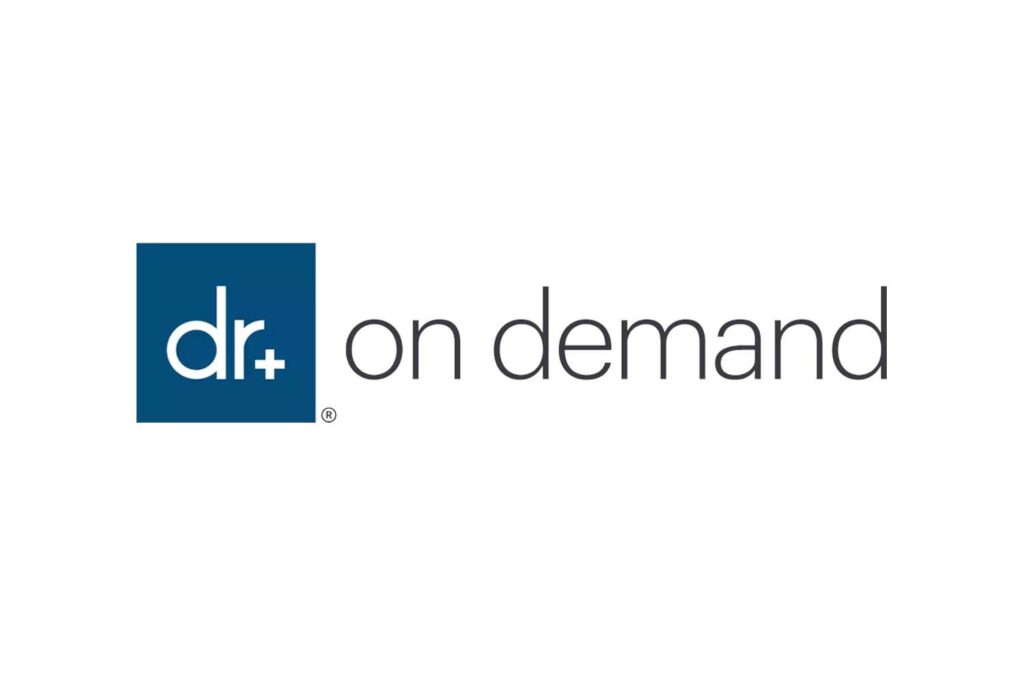
Doctor on Demand offers healthcare on-demand: primary care urgent care services, and mental health therapy. The app employs a set of doctors who are board-certified, in addition to its psychiatrists and psychologists, who consult with you. It supports your insurance so your visits can be as affordable as possible.
Key Features
- Consultations with doctors via video
- Mental health therapy and psychiatric services
- Lab testing and chronic disease management
- Prescriptions and refills
- Insurance is accepted; self-pay options are available
Conclusion
To build a telemedicine app like Teladoc, a strategic approach involving development costs, platform selection, features, security-related issues, and compliance with the regulations is required.
The development cost widely varies based on the complexity of the app, the geographical location of the developers, and the features combined within the platform.
Telemedicine leads with its future in offering health care services that are accessible, affordable, and cost-effective-from simple consultation apps to sophisticated AI-based platforms.
The investment in successful telemedicine app development would require telemedicine app development service providers to ensure the app’s smooth functioning within regulatory compliance standards, optimal healthcare functionality, reliability in service, and seamless user experience.
FAQs
- What is the approximate cost of telemedicine development?
The cost of telemedicine app development varies from $40,000 to $300,000, depending on the app’s features and complexity as well as the country’s location of the developers.
- Is it worth putting money into a telehealth app in 2025?
For sure! This is the time when the telehealth business receives audience viewership for the almost salivating approach to healthcare services. Investing in an app for telehealth will bring about a huge profit with the best benefit for both patients and health providers.
- How long would it take to develop an app like Teladoc?
Building a basic telemedicine app may take 2-3 months, while a more specialized platform with AI-driven features may take 9 months or more.
- What are some important features of a telemedicine app?
It can include video consultations, appointment bookings, prescription management, EHR systems, and patient data encryption to facilitate privacy.
- Are healthcare regulations to be followed in telemedicine app development?
In creating a telemedicine app, the application will conform to health laws such as HIPAA (USA), GDPR (Europe), and other regulations within regions to secure data and ensure the confidentiality of the patient.



